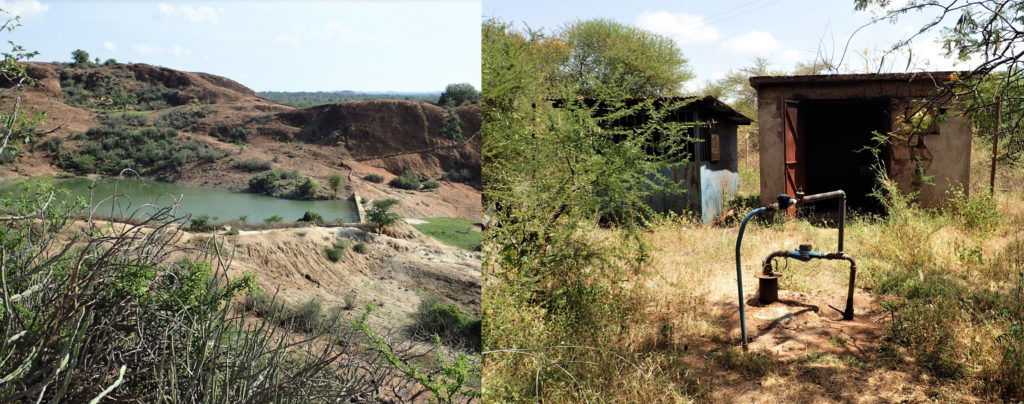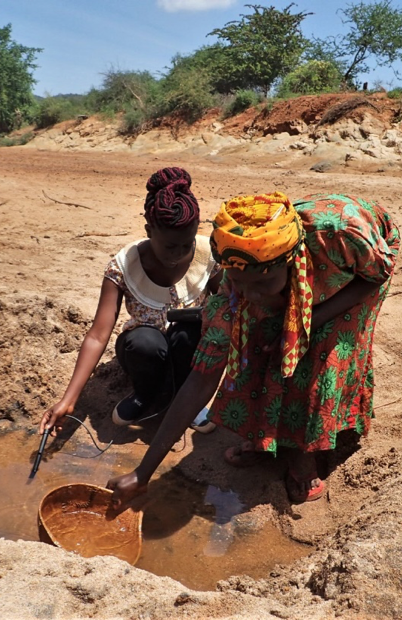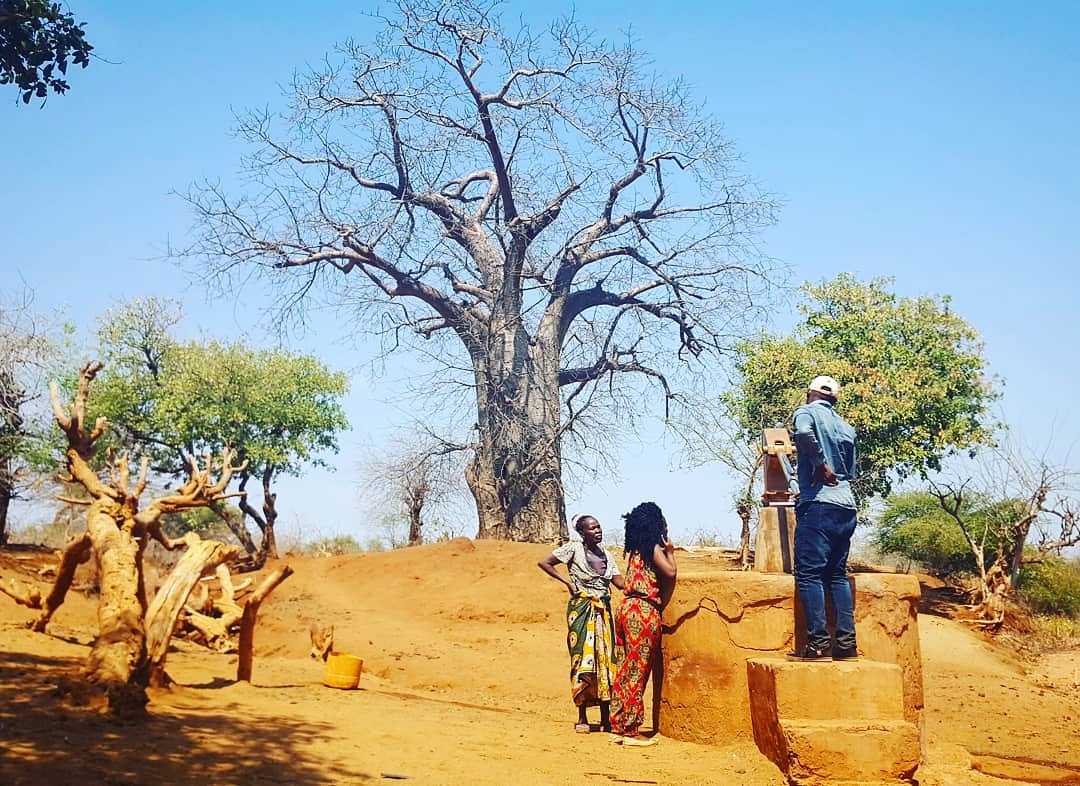Saskia Nowicki, University of Oxford
In the water sector in low-income rural areas, it is common to view water quality as an unaffordable concern. Many managers are resigned that quality remain a secondary consideration. The mindset is: first, we supply enough water, then we worry about the quality. This makes some intuitive sense, but our recent work in Kenya suggests that substantial improvements in rural water safety will likely remain out of reach unless there is a shift in this attitude.
Including water quality monitoring in rural water service provision
Water quality monitoring is an important part of managing water safety, but very little monitoring is conducted in rural Sub-Saharan Africa, where it is estimated that less than 20% of inhabitants have access to ‘safe’ water, defined as water that is free from faecal and priority chemical contamination. The inequality is two-fold when comparing urban and rural areas because rural areas have less access both to safe water and to water quality information.
A starting point to reduce this inequality could be for rural water service providers to include quality monitoring as part of their activities. I am referring here to private companies or social enterprises that provide maintenance and other water supply services to rural communities. Given the fundamental importance of water supply, their work relies on having good relationships with many stakeholders in communities, government ministries, and regulatory agencies.
Although their main mandate is usually to keep water supplies working by carrying out regular maintenance and efficient repairs, some rural water service providers have included quality sampling as part of their activities. Many lack clarity, however, on how monitoring programmes should be designed and how these programmes might impact relationships with stakeholders.
Understanding stakeholder views on water quality monitoring
To better understand these dynamics, we collaborated with a rural water service provider to design and carryout a water quality monitoring programme. Throughout 2019 we engaged with ministry and regulatory officials, community water managers, and a variety of other rural water service providers to understand their views on water quality monitoring – in what ways it is useful and in what ways it is problematic. We spoke not just about the choices involved with monitoring itself, but also about the crucial decisions regarding how monitoring results are shared and used.

People expressed overlapping, and sometimes contradictory, views as they considered whether and how monitoring should be done in the absence of clear procedures for responding to hazards. Conflicting viewpoints were expressed both within and between the stakeholder groups, underscoring the challenge faced by service providers that want to contribute to improving water safety without damaging their working relationships.
An issue that stood out as strongly impacting the potential of monitoring activities to be sustained and effective is the tendency to consider water quality and quantity as separate concerns. This mindset is linked to unclear divisions of responsibility for water safety and to mismatched assumptions about the importance of quality to different stakeholders; it also feeds concerns over the problems associated with being unable to respond to monitoring results. Consequently, efforts to address this mindset could go a long way towards improving the prospects for quality monitoring in rural areas.

How water safety planning can help
Increasing the use of water safety plans may be an effective way to shift this mindset. Water safety planning is a risk-based approach for managing water supplies to achieve health-targets, it has long been recommended by the World Health Organisation. It is a common approach in many regions, although uptake has been minimal in rural Sub-Saharan Africa largely due to lack of funding and implementation capacity.
We propose that water safety planning, with involvement of service providers, could help contextualise monitoring results, clarify responsibilities, leverage funding, and improve the ability of water managers to respond to quality issues. The earlier water safety planning is incorporated into projects, the more effective it is likely to be. Thus, we want to emphasise to funders and managers that a quantity first, quality later approach makes securing safe water additionally difficult.
Retrofitting water systems and management structures to address quality issues is even more challenging than building water safety considerations into the plans for water projects at the outset. Established projects often have path dependencies, both technical and institutional, that limit response options and discourage stakeholder cooperation around monitoring. Designing systems with health targets in mind from the outset is a better way to ensure no one is left behind in the push for universal access to safe water.
For more about this research, check out the open access paper published in NPJ Clean Water.
Thanks to REACH, FCDO and the Commonwealth Scholarship Commission in the UK for making this work possible.

